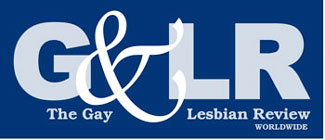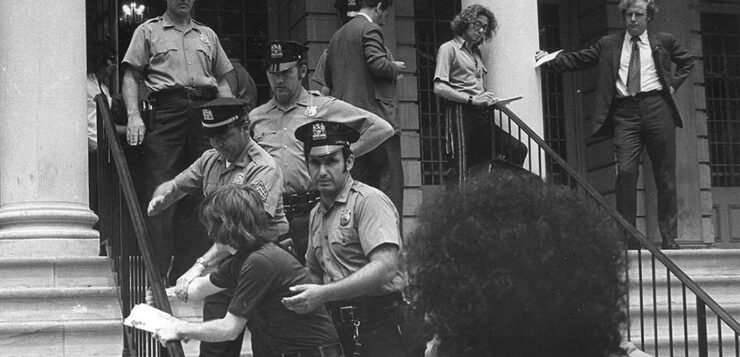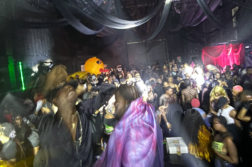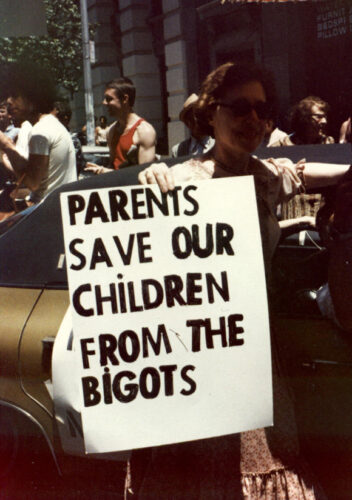
The Battle for Intro. 2: The New York City Gay Rights Bill, 1971 – 1986
LaGuardia & Wagner Archives at LaGuardia Community College
Online Exhibit
Curated by Stephen Petrus
In March 1986, New York City’s gay and lesbian community celebrated a political victory that was fifteen years in the making: the passage of the “Gay Rights Bill” by New York City Council. The bill amended the city’s human rights law to prohibit discrimination on the basis of sexual orientation in employment, housing, and public accommodations. First introduced in 1971, the bill languished through three mayoral administrations, facing opposition from the Uniformed Fire Officers Association, Orthodox rabbis, and the New York Catholic Archdiocese. Fifteen years of advocacy for the bill was led by a progression of gay rights groups, including the Gay Activists’ Alliance and the Coalition for Lesbian and Gay Rights. Despite the length of the campaign, its centrality to gay and lesbian activism in New York City, and the voluminous records the campaign produced, the Gay Rights Bill has received scant attention from scholars. A new online exhibition from the LaGuardia & Wagner Archives at LaGuardia Community College provides a fascinating introduction to this important campaign for scholars, students, and the general public.
The exhibition is organized around ten central themes, exploring topics such as the activist organizations who advocated for the bill’s passage, the New York politicians who played key roles during the fifteen-year campaign, and the influence of religion and race in mobilizing both support for and opposition to the bill. Each theme is comprised of anywhere from three to twenty brief oral history clips, drawn from twenty-five oral history interviews, and from archival records from the New York City Council Collection at the LaGuardia and Wagner Archives. An introductory text accompanies each theme, providing a contextual overview and situating the visitor within the campaign’s long timeline.
“Gay New York, Homophobic New York,” uses over a dozen oral history clips and transcribed testimony from City Council hearings to challenge the “conventional wisdom that New York was a gay-friendly city.” Gay Activists Alliance member Allen Roskoff describes being fired from teaching jobs at three different schools when it was discovered that he was gay. Narrator Steven Ault describes homophobia in the outer boroughs during the 1980s, and Lidell Jackson recounts being called homophobic slurs by his Upper West Side neighbors. These clips are counterpointed by those highlighting the gay and lesbian social spaces of the city, such as the lesbian nightclub Bonnie and Clyde, the Women’s Coffee House, and the Gay Activists Alliance’s Firehouse on Wooster Street.
In other sections, narrators recount the homophobic opposition of Tom Cuite, a Brooklyn Democrat and devout Catholic who effectively blocked the bill’s progress in City Council for fourteen years through his strategic control of committee assignments. An intriguing section on religion includes both reflections on Catholic opposition to gay rights, but also the religious beliefs and motivations of the bill’s supporters. The broader context of gay activism during this period is provided through a set of clips and documents about the work of Black and White Men Together (later renamed, Men of All Colors Together) to change the discriminatory entry policies of the gay nightclub, Ice Palace 57. A section on the New York City Human Rights Commission demonstrates how in the late 1970s, the agency began to work with gay and lesbians to document experiences of sexual orientation discrimination in employment, housing, and public accommodations, submitting a final report summarizing each complaint to the City Council in support of the passage of the bill.
On first glance, it seems that the sheer volume of content in the exhibition might overwhelm visitors; however, the site is structured to allow people to find their own path through the material. While it would be a significant undertaking to comprehensively listen to all the oral history clips (over one hundred) and read the dozens of archival documents, it is equally rewarding to browse, explore themes of interest at greater depth, follow clips from particular narrators across the different thematic sections, and dip into the corresponding archival materials.
For educators, a robust curriculum guide provides a more structured approach to the content: aimed at high school students, the curriculum leads students first through an analysis of selected primary sources, and then through the process of creating a research paper based on these sources. The exhibition is also available in Spanish, with the oral history clips closed captioned with both English and Spanish subtitles.
Drawing on 25 oral histories, and the substantial City Council records generated by the fifteen-year campaign, “The Battle for Intro 2” incorporates many voices and perspectives from the LGBTQ community. However, it must be noted that the oral histories are overwhelmingly with white men. Most thematic sections include reflections from a single person of color or woman. This reflects both who participated in the campaign, and who survived to share their memories with LaGuardia’s recent oral history project. However, the source base does leave important voices out. For instance, Sylvia Rivera, an early supporter of the bill, distanced herself from the campaign after the exclusion of transgender people was made explicit in 1974. Nonetheless, the exhibition is a welcome and accomplished exploration of the Gay Rights Bill campaign, and an introduction to an important source base that will likely inspire future scholarship on this pivotal campaign.
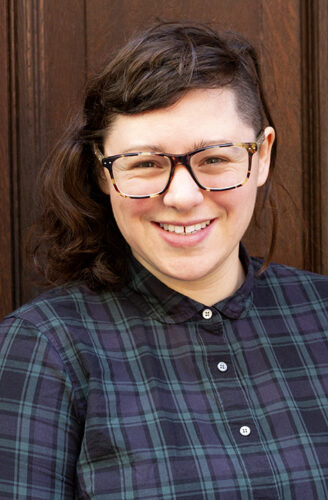 Maggie Schreiner is a PhD candidate in History at the CUNY Graduate Center. Her research focuses on queer and trans organizing for affordable housing in New York City from the 1960s to 1990s.
Maggie Schreiner is a PhD candidate in History at the CUNY Graduate Center. Her research focuses on queer and trans organizing for affordable housing in New York City from the 1960s to 1990s.

